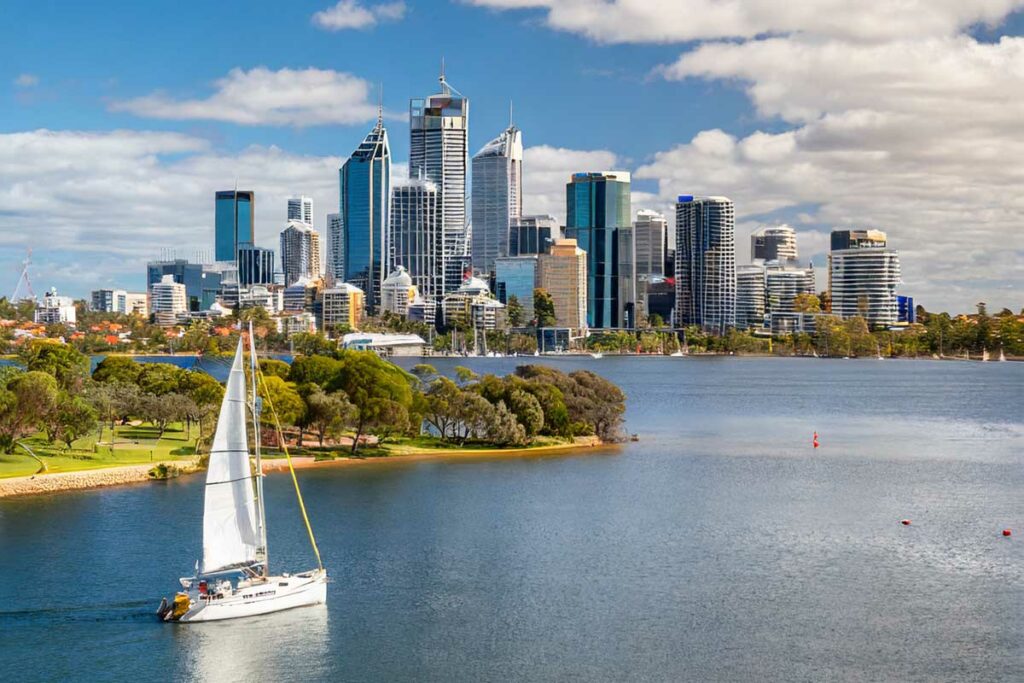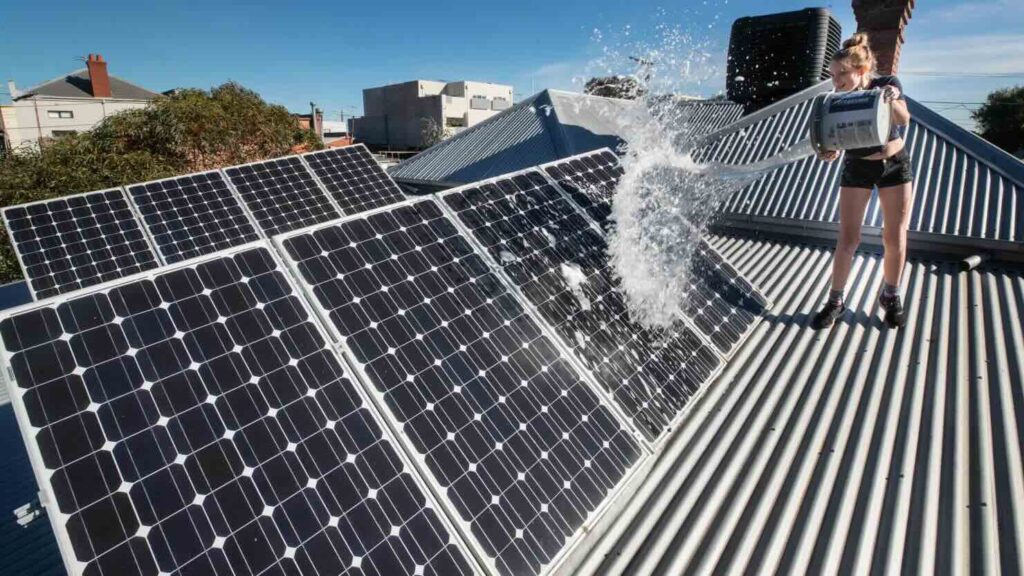Western Australia’s sunny climate and expansive rooftops make it an ideal state for solar energy adoption. As energy costs continue to rise, more households and businesses are turning to solar power to reduce bills and lower their carbon footprint. Among the state’s suburbs, five stand out for their significant solar installations: postcodes 6065, 6112, 6164, 6155, and 6069. These areas exemplify the growing demand for sustainable energy solutions.

1. Wanneroo (6065) – 91,839 kW
Postcode 6065, encompassing suburbs like Wanneroo and Ashby, tops the list with an impressive 91,839 kW of installed solar capacity. This northern region has embraced solar power as a reliable and cost-effective energy solution.
Residents in 6065 benefit from large rooftops, perfect for accommodating high-capacity solar systems. Many homeowners have opted for systems that not only cover their energy needs but also allow them to export excess electricity back to the grid. With government rebates and declining installation costs, solar power remains an attractive investment here.
2. Armadale (6112) – 83,507 kW
Postcode 6112, including Armadale and its neighbouring suburbs, follows closely with 83,507 kW of solar capacity. This area’s community values sustainability and energy independence, making solar adoption a natural choice.
Armadale households often choose mid-sized systems tailored to their specific energy requirements. Additionally, the region’s sunny climate maximizes the efficiency of solar panels, ensuring optimal energy production throughout the year. Transitioning to solar in 6112 not only reduces electricity bills but also enhances property value.
3. Cockburn (6164) – 75,835 kW
Cockburn and its surrounding suburbs, under postcode 6164, have installed 75,835 kW of solar capacity. This coastal area has seen a surge in renewable energy adoption as families and businesses look to minimise their reliance on the grid.
Homes in Cockburn frequently install battery storage alongside solar panels. This combination enables energy usage during peak times without drawing from the grid. Furthermore, many residents take advantage of feed-in tariffs to further reduce energy expenses. Solar energy in 6164 offers long-term financial benefits while contributing to a greener environment.
4. Canning Vale (6155) – 64,627 kW
Canning Vale, located in postcode 6155, boasts 64,627 kW of installed solar capacity. This well-established suburb has fully embraced solar power, driven by its environmentally conscious residents and businesses.
In 6155, solar energy systems are widely adopted across residential and commercial properties. The suburb’s large commercial spaces frequently install high-capacity systems to offset energy-intensive operations. Moreover, Canning Vale’s commitment to sustainability has inspired neighbouring suburbs to follow suit, making it a renewable energy leader.
5. Ellenbrook (6069) – 62,021 kW
Rounding out the top five, Ellenbrook and surrounding suburbs in postcode 6069 contribute 62,021 kW of installed solar capacity. This growing region has emerged as a hotspot for renewable energy, driven by its young families and new housing developments.
Ellenbrook homes often feature modern solar systems designed to maximize efficiency and aesthetics. Additionally, many residents integrate smart inverters and monitoring systems, ensuring they get the most out of their investment. Solar power in 6069 offers both financial savings and a step towards energy independence.

Benefits of Switching to Solar
Residents in Western Australia’s leading solar suburbs enjoy numerous benefits:
- Reduced Energy Bills: Solar systems drastically cut electricity costs by generating free power from the sun.
- Environmental Impact: Solar energy reduces carbon emissions, contributing to a cleaner planet.
- Energy Independence: Pairing solar panels with battery storage ensures energy availability during outages.
- Increased Property Value: Homes with solar installations often attract higher resale prices.
Tips for Maximising Solar Efficiency
To maximise your solar investment, consider the following:
- Choose the Right System Size
Select a system that meets your energy needs without overproducing. - Invest in Quality Equipment
High-quality solar panels and inverters provide better efficiency and longer warranties. - Add Battery Storage
Integrating batteries can store excess energy for use during non-sunny periods, enhancing energy reliability. - Work with Reputable Installers
Certified installers ensure your system meets safety and efficiency standards. - Regular Maintenance: Keep panels clean and inspect them periodically for any damage.
- Monitor Energy Consumption: Use energy monitoring systems to track usage and identify opportunities for savings.
Why Are These Suburbs Solar Leaders?
Several factors contribute to the leadership of these suburbs in solar adoption:
- Favourable Climate
Western Australia enjoys abundant sunshine, providing optimal conditions for solar energy generation. - Government Incentives
Generous rebates and feed-in tariffs make solar installations more affordable for households and businesses. - Rising Energy Costs
High electricity prices have encouraged residents to explore cost-effective alternatives like solar power. - Community Awareness
A growing understanding of climate change has motivated these communities to adopt renewable energy solutions.
Solar and Battery Installation in WA in 2024
In 2024, Western Australia saw a significant increase in solar and battery installations. As of June 30, there were 507,862 solar installations on WA homes and businesses.
This growth reflects the state’s commitment to renewable energy and the effectiveness of policies promoting sustainable practices.
Additionally, the integration of battery storage systems has enhanced energy reliability. In the first nine months of 2024, Western Australia accounted for 12.8% of the national total of new combined solar and battery installations, up from 11% in 2023.
This upward trend indicates a growing recognition of the benefits of coupling solar systems with battery storage to optimise energy usage.
Conclusion
The rapid adoption of solar energy in Western Australia reflects the state’s commitment to a cleaner and more sustainable future. Suburbs like Wanneroo, Armadale, Cockburn, Canning Vale, and Ellenbrook showcase the advantages of switching to solar power, from financial savings to environmental benefits.
If you live in one of these regions or elsewhere in Western Australia, now is the perfect time to make the switch.